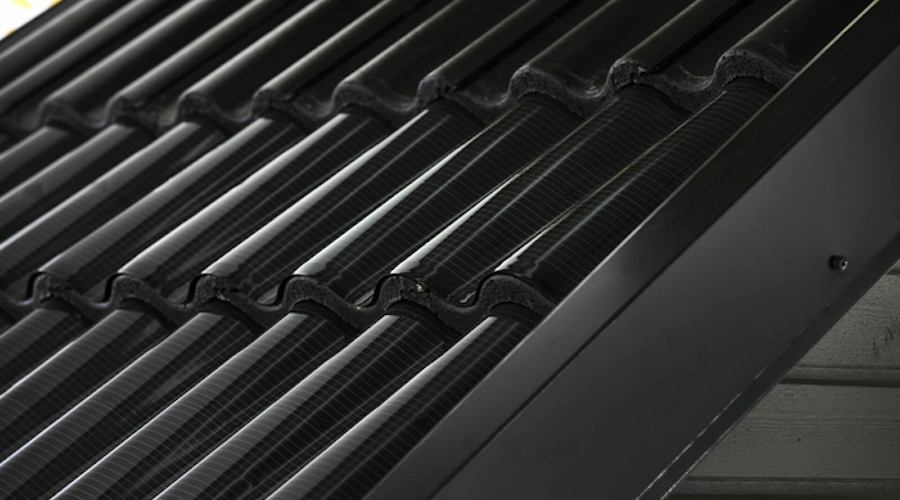New method allows for recovery of 100% of the silver in thin-film solar cells

Researchers at Sweden’s Chalmers University of Technology developed a method that allows for the recovery of 100% of the silver and about 85% of the indium contained in thin-film solar cells.
The new process is considered environmentally friendlier than existing technologies because it takes place at room temperature without adding heat.
In a paper published in the journal Solar Energy Materials and Solar Cells, the scientists explain that today there are two mainstream types of solar cells. The most common is silicon-based and accounts for 90% of the market. The other type is called thin-film solar cells which use three main sub-technologies, one of which is known as CIGS (Copper Indium Gallium Selenide), and consists of a layer of different metals, including indium and silver. Thin-film solar cells are by far the most effective of today’s commercially available technologies. They can also be made bendable and adaptable, which means that they can be used in many different areas.
“The problem is that the demand for indium and silver is high, and increased production is accompanied by a growing amount of production waste, which contains a mixture of valuable metals and hazardous substances,” the Chalmers’ group said in a media statement. “Being able to separate attractive metals from other substances, therefore, becomes extremely valuable, both economically and environmentally, as they can be reused in new products.”
Kinder leaching
Ioanna Teknetzi, lead author of the paper, said that she and her colleagues took into account both purity and environmentally friendly recycling conditions and studied how to separate the metals in the thin-film solar cells in acidic solutions through a much ‘kinder’ way of leaching.
“We also have to use chemicals, but nowhere near as much as with previous leaching methods. To check the purity of the recovered indium and silver, we also measured the concentrations of possible impurities and saw that optimization can reduce these”, Teknetzi noted.
To apply the new methodology, the researchers first analyze the film from the solar cell with respect to material, chemical composition, particle size and thickness.
Then, the solar cell is placed in a container with an acid solution at the desired temperature and agitation is used to facilitate the dissolution of metals. This is the leaching portion of the process.
Leaching effectiveness and chemical reactions are assessed by analyzing samples taken at specific times during the leaching process. The different metals are leached at different times. This means that the process can be stopped before all the metals begin to dissolve, which in turn contributes to achieving higher purity.
Finally, when the leaching is complete, the desired metals are in the solution in the form of ions and can be easily purified to be reused in the manufacture of new solar cells.
“It is crucial to remove any contamination and recycle so that the material becomes as clean as possible again. Until now, high heat and a large amount of chemicals have been used to succeed, which is an expensive process that is also not environmentally friendly,” Teknetzi pointed out.
“Our hopes are that our research can be used as a reference to optimize the recycling process and pave the way for using the method on a larger scale in the future,” study co-author Burcak Ebin said.
More News
{{ commodity.name }}
{{ post.title }}
{{ post.date }}

Comments